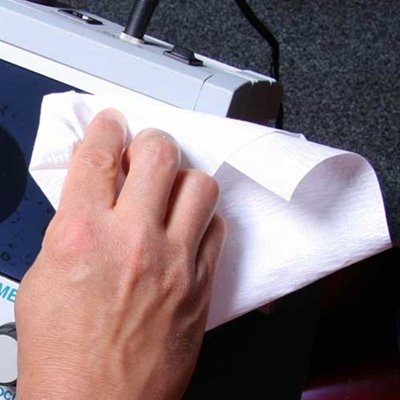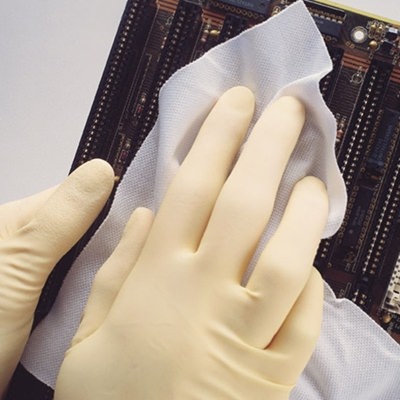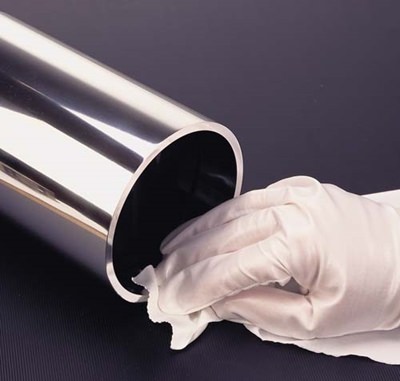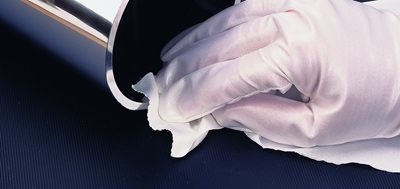Cleanroom wipes are essential tools in controlled environments like semiconductor manufacturing, pharmaceuticals, biotechnology, aerospace, and other industries where maintaining a clean and sterile environment is critical. Different materials are used to make cleanroom wipes, each with specific properties suited for various tasks. Some common cleanroom wipe materials include:
- Polyester: Polyester cleanroom wipes are made from continuous filament polyester fibers. They are low in particles and fibers, providing excellent cleanliness and abrasion resistance. Polyester wipes are suitable for general cleaning purposes and critical wiping tasks in cleanrooms.
- Polypropylene: Polypropylene cleanroom wipes are made from 100% melt-blown polypropylene fibers. They offer high absorbency, low particle generation, and chemical compatibility. These wipes are often used for absorbing spills and cleaning sensitive surfaces.
- Microfiber: Microfiber cleanroom wipes are made from ultrafine synthetic fibers, usually a blend of polyester and polyamide. They are known for their high absorbency and ability to capture and trap smaller particles effectively. Microfiber wipes are suitable for wiping delicate surfaces without scratching them.
- Cellulose: Cellulose cleanroom wipes are made from natural wood pulp fibers and synthetic binders. They are soft, absorbent, and non-abrasive, making them suitable for gentle cleaning of surfaces and equipment. Polyester fibers are often added (commonly called ""poly-cellulose"") to increase the strength of the material, especially when wet.
- Cotton: Cotton cleanroom wipes are made from natural cotton fibers. They are soft and absorbent, but they can produce more particles compared to synthetic materials, making them less common in critical cleanroom applications.
- Knit: Knit cleanroom wipes are made by knitting together synthetic fibers. They are strong, soft, low-linting, and provide good wiping performance.
- Nonwoven: Nonwoven cleanroom wipes are made from fibers that are mechanically or chemically bonded together without weaving. They come in various materials, such as polyester, cellulose, polypropylene, rayon, and blends, offering different levels of absorbency and cleanliness.
When choosing a cleanroom wipe material, consider factors such as the level of cleanliness required, compatibility with cleaning agents, absorbency, abrasion resistance, and the type of surfaces to be cleaned. Different cleanroom classifications and applications may demand specific materials to meet their cleanliness and contamination control needs.





